 |
| Gwendolyn Faith Hunter Now |
A couple of posts ago, I expounded on pen names with primary emphasis on pseudonyms themselves. Just as interesting as the fictitious names used by some writers of fiction is the WHY of the pseudonyms.
In Victorian times, females wrote under male names because of ideas about appropriate activities for women. More recently, Jeanne Rowling published under J. K. Rowling because her editor thought boys would be more likely to read books they thought were written by a man. Stephen King published under a pen name because he wrote too quickly for his publisher's concept of how often he should be published. Why has the blonde author pictured to the right been published under three different names? I'm going to tell you, but first, the backstory.
A few years ago, I was leaving B&N one evening when I noticed a well-dressed lady sitting at a small table with books stacked on it. Being my usual nosy self, I stopped to talk with her, and since her books were paperback, I bought a couple. At that time, she was signing books in her Rhea Lynch series published by Mira Books. I learned later that she'd already had a number of mystery/thrillers published both in the USA and abroad. Her name was Gwen Hunter.
The story of how Gwen first published mysteries sounds like a fairy tale. Gwen had known she wanted to write way back in tenth grade, but she played it safe and earned a degree in the health field. She met Officer Gary Leveille in the ER while working. With his experience in law enforcement and Gwen's writing ability, they collaborated on two police procedurals under the pen name Gary Hunter. Okay, I know you're wondering, "What's so fairy tale about that?
| Thse Second Gary Hunter |
When I met Gwen that night in B&N, she was writing under the name most folks called her--Gwen Hunter. She'd already published the DeLande Saga series--three books that had been translated into several languages and published worldwide. She was now signing Rhea Lynch books--a thriller series about a small town female physician.
 |
| Gwen Not Long After I Met Her |
Some of what I learned from Gwen:
Most beginners start their stories too soon. She threw away the first ten pages of the first manuscript I showed her. I took her words to heart almost to the extreme as I now try to murder someone in the first few pages.
If backstory is necesssary, spread it throughout instead of writing "info dumps."
Name characters carefully. Unless writing about identical twins who may have been named in rhyming or an alliterative manner intentionally, use distinctive names that won't be confused.
When paranormal stories began growing in popularity, Gwen wanted to try her hand (actually her computer) at writing post-apocalyptical dark fantasy. For personal and professional reasons, she didn't want to write these under the same name as her thrillers. She chose to use her middle name and became Faith Hunter when she wrote the three novels in the Rogue Mage series and future paranormal.
 |
| The Newest Jane Yellowrock |
Although she wrote several paranormals and developed a role-playing game, when Faith really hit the big-time with paranormal was when she began the Jane Yellowrock series. Jane is a shape-shifting skinwalker and vampire hunter. Faith Hunter has made the New York Times Bestseller List with Jane Yellowrock, and she has shed her double identity. Thriller fans still know her as Gwen while paranormal fans know her as Faith, but we all know she's the same extremely talented writer.
Faith has the same urge to assist beginning writers that she had as Gwen. When I asked her what I could do for her since she'd been so helpful to me, she said, "Pay it forward." She's a founding member of the blog www.http,MagicalWords.net For more info about Gary, Gwen, Faith, see www.http.FaithHunter.net, and check the Internet for additional listings and Wikipedia.
Until we meet again. . .take care of YOU.






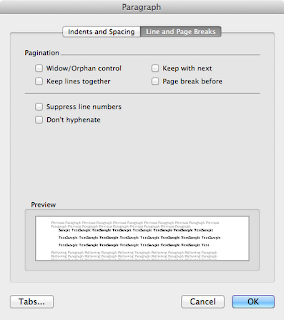


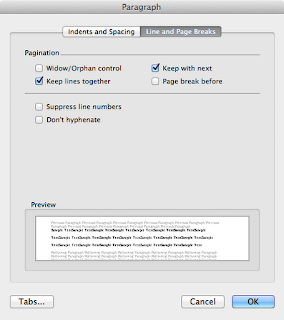




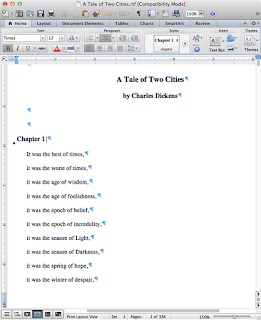
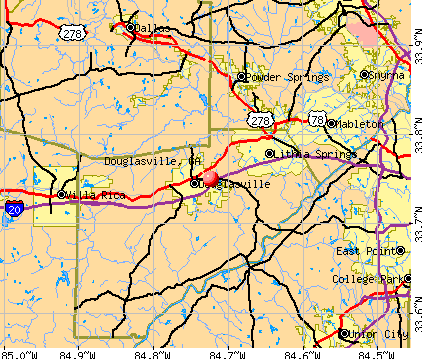








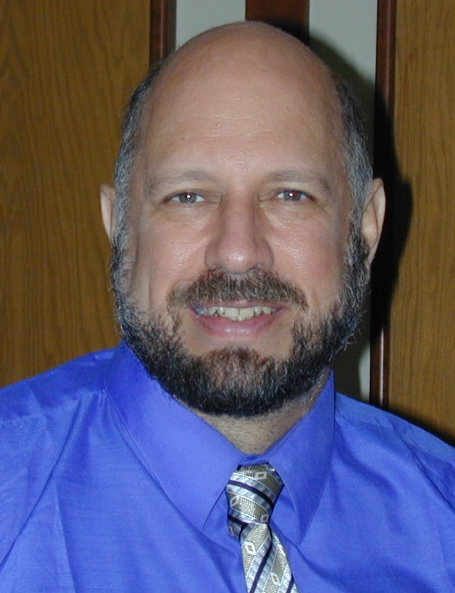


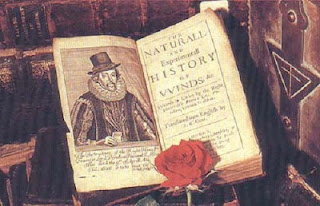 Although I retained the templates I'd created before, I decided to format a document for a manuscript. It's taken HOURS to figure out the new and improved Microsoft Word. With that in mind, I'll pass on a few tips just for creating smart headers that will maintain the date, page numbers, and word count.
Although I retained the templates I'd created before, I decided to format a document for a manuscript. It's taken HOURS to figure out the new and improved Microsoft Word. With that in mind, I'll pass on a few tips just for creating smart headers that will maintain the date, page numbers, and word count. 







